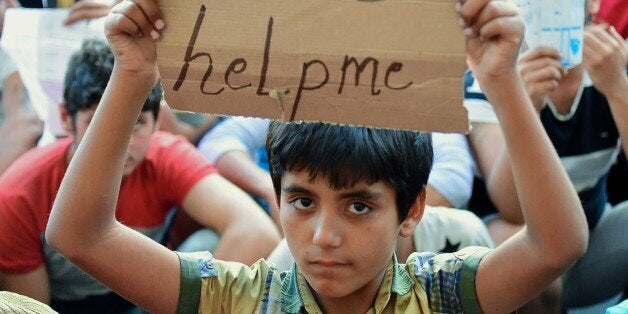
As journalists, we face daily decisions on how to present the complex, sensitive and often tragic story of the record numbers of people coming to Europe.
Deciding on which pictures to use is one of the most delicate choices. Each image we have access to sheds light on a different fragment of the story - in what is a huge human narrative.
Even in the past 24 hours, there have been pictures of Syrians sleeping on railway tracks; others making a "V" for victory sign as the reach a shore; some being rescued from the sea by boats; and huge, angry crowds chanting slogans at the Keleti Railway Station in Budapest, Hungary, as they demanded to be let on trains to Germany.
And perhaps most heartbreakingly, images of a tiny, dead child washed up on the beach of a holiday resort in Turkey, are just some of the many harrowing pictures of bodies on beaches that much of the media avoids showing in full graphic detail.
Browsing through pictures on our image bank this morning, trying to select one for a piece about the increased compassion towards migrants that we've seen from politicians like Yvette Cooper, I was stunned by the contrast.
Two pictures (below) sat side by side - one of a large group of smiling people disembarking from a boat in Athens, and another of a drowned boy on the shore of Bodrum, Turkey, his face covered by a jumper. Completely alone.
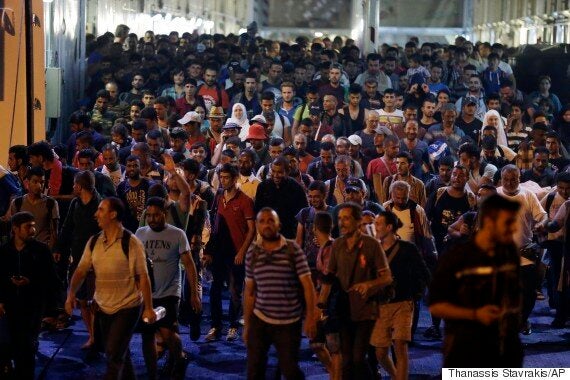
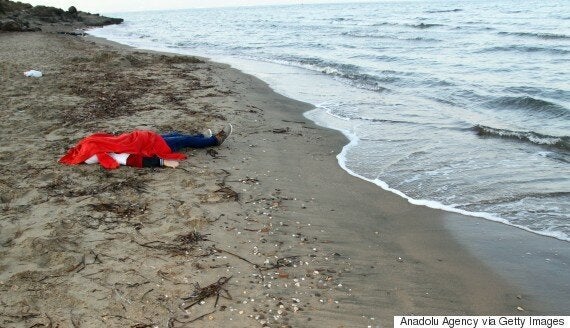
Comparing the two pictures is a reminder that while we often think of refugees and migrants as huge groups, each is an individual, and may end their journey horribly alone.
It also shows how there is often not an objective choice between pictures. Are migrants (who, as many argue, are mainly refugees and should be called so) large groups of people overwhelming ports, some ignoring the asylum rules set up in states that are already at breaking point? Or are they young, vulnerable people fleeing unimaginable violence, only to meet an unimaginable death and be reduced to nameless statistics? Both are true.
It's a tendency of media to use the most dramatic pictures available to us. There's nothing wrong with this - Europe is facing the biggest movement of people since WWII, people are desperate and dying, and it's right that pictures reflect this.
In the newspapers today there are shots of desperation, some of kindness from those offering shelter and aid, and others of utter horror. But much rarer are the pictures of ordinary people, doing ordinary things like smiling, sleeping, standing in queues, eating and laughing.
This little girl is a migrant:
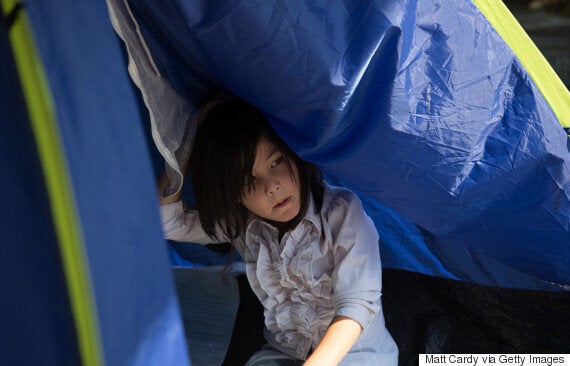
These kids eating sandwiches are migrants:
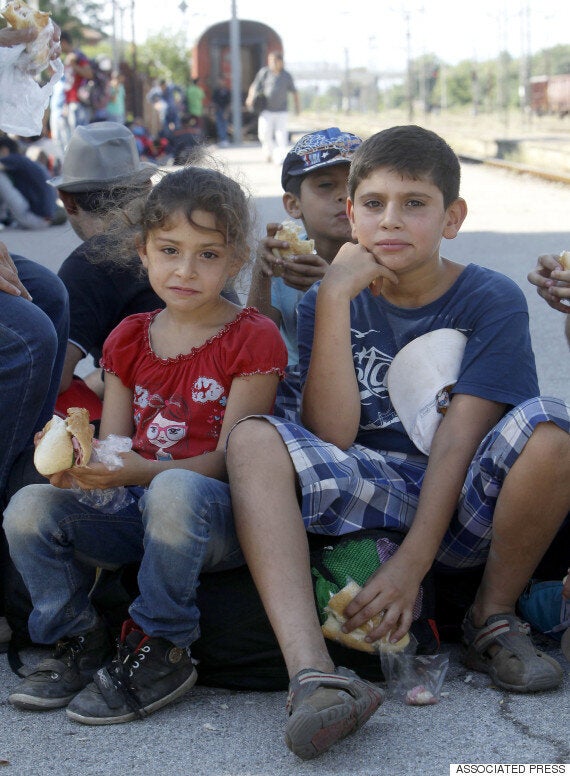
And these guys sitting around:
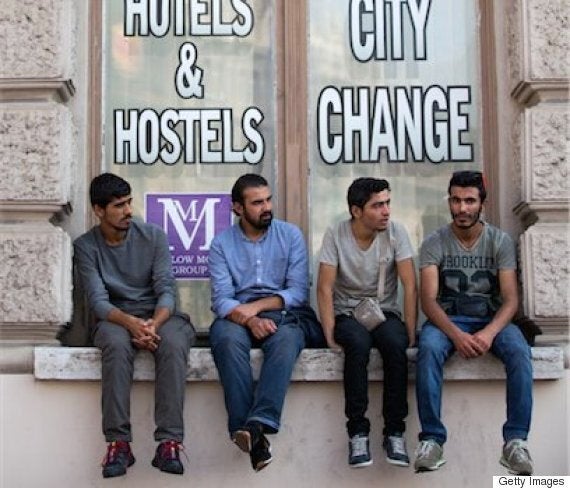
And this boy:
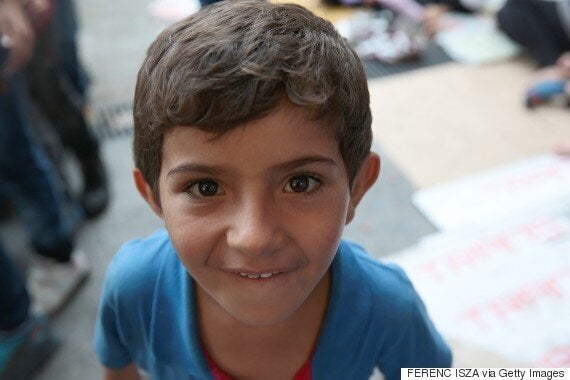
In fact, pictures of holidaymakers stranded on the Eurostar this week (thanks to people trying to enter the trains to reach Britain) don't look all that different from the shots of refugees themselves, although the backstories are likely very different.
Because pictures of people we label 'migrants' are, of course, just pictures of people.
Many of them have difficult lives that are not only made up of snapshots of fear and uncertainty, but all those moments in between, and the bits that happen afterwards, when they are thoughtful, cold, bored, angry or even happy - but always isolated, and thousands of miles from a home they may never see again.
In some ways it is these that tell the story best.
